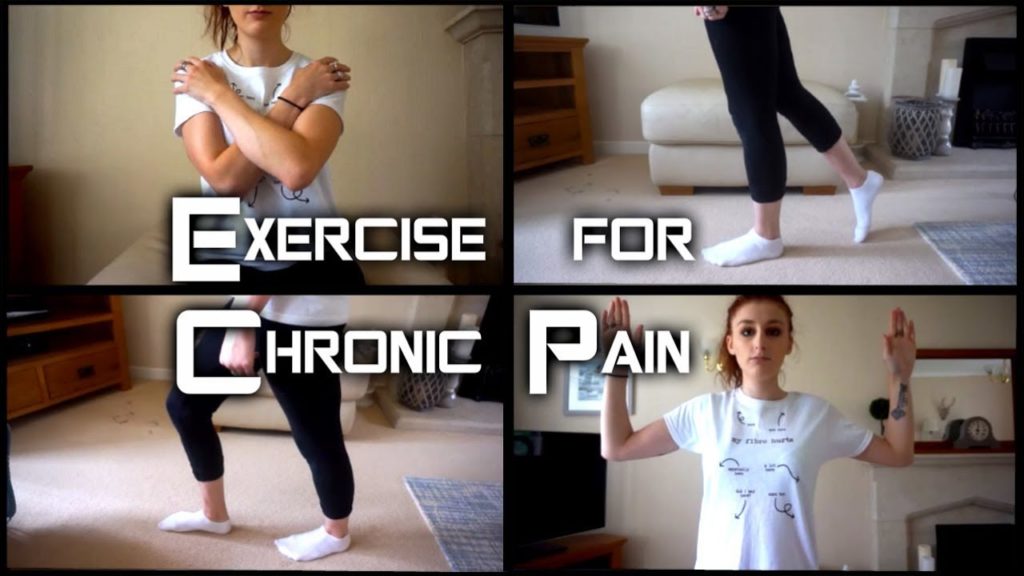“Cut Alzheimer’s risk by walking,” the Daily Mail recommends. This advice is prompted by a statistical modelling study looking at population attributable risks (PARS) – factors known to influence the prevalence of a disease, such as Alzheimer’s, at a population level.
The seven risk factors researchers looked at included diabetes, smoking, high blood pressure, lack of exercise, obesity, depression and low educational level. In theory, some cases of Alzheimer’s disease might be prevented by reducing these risk factors.
For example, the study estimated physical inactivity accounted for 21.8% of the risk of developing Alzheimer’s in the UK. Another way of saying this is that if nobody was inactive, the risk of Alzheimer’s in the UK population could reduce by 21.8%.
But this is only a theory that applies to an entire population, not individuals. We cannot say for sure that living a healthier life will definitely prevent Alzheimer’s disease.
One of the biggest risk factors for Alzheimer’s is age, and it is possible age will interact with the seven modifiable factors over different stages of a person’s life. This could create a more complex risk profile than the current study was able to describe.
But a healthy lifestyle does have other benefits – regular exercise can reduce your risk of developing heart disease and some types of cancer.
Never too late to learn
Although unproven, the hypothesis that keeping the brain active has a protective effect is relatively plausible.
Whatever your age, there are many opportunities to learn new things, ranging from weekly evening classes to something more formal, such as an Open University or University of the Third Age course.
A good place to find out more is usually your local library, which should be able to provide information about adult education resources in your area.
Where did the story come from?
The study was led by researchers from the psychology department at the Institute of Psychiatry, King’s College London, and was funded by an award from the National Institute for Health Research Collaboration for Leadership in Applied Health Research and Care for Cambridgeshire and Peterborough.
It was published in the peer-reviewed journal, The Lancet Neurology.
The UK media’s reporting was generally accurate, with most focusing on the physical activity risk, which was the most important factor for the UK data.
What kind of research was this?
This modelling study used existing data on potential risk factors for developing Alzheimer’s disease, including sociodemographic and lifestyle factors, and health-related factors such as diabetes and high blood pressure.
The researchers then predicted the amount of disease that might be prevented if these risk factors were reduced through changes in lifestyle.
While this type of research can provide useful predictions, they are just that – hypothetical predictions.
Similarly, the predictions apply to entire populations of people, such as everyone in UK. This means the study cannot say that living a healthier life will prevent Alzheimer’s for any specific individual, only that it may prevent some cases across the group as a whole.
What did the research involve?
The researchers used existing population-based research to identify the main modifiable risk factors that may be associated with Alzheimer’s disease.
They then predicted how many cases of Alzheimer’s disease might be prevented if the risks were reduced across the US, the UK and the rest of the world.
The main analysis was the calculation of the population attributable risk, or PAR. This is the proportion of cases of a disease in a population that is attributable to the risk factor.
A modifiable risk factor, such as smoking, is a risk you can potentially reduce – for example, by stopping smoking. The main modifiable risk factors linked to developing Alzheimer’s disease were:
diabetes – adult prevalence of diagnosed diabetes between the ages of 20 and 79
midlife high blood pressure – adult midlife prevalence of hypertension between the ages of 35 and 64
midlife obesity – adult midlife prevalence of body mass index greater than 30 between the ages of 35 and 64
physical inactivity – proportion of adults who do not do either 20 minutes of vigorous activity on three or more days, or 30 minutes of moderate activity on five or more days per week
depression – lifetime prevalence of major depressive disorder using Diagnostic and Statistical Manual of Mental Disorders or International Classification of Diseases criteria
smoking – the proportion of adult smokers
low educational level – the proportion of adults with an International Standard Classification of Education level of two or less (pre-primary, primary and lower secondary education)
The researchers made projections for the number of cases of Alzheimer’s disease up to the year 2050. They then modelled risk reductions of 10% and 20% for each decade from now until 2050 to see how many disease cases could be prevented.
They did this for each risk factor both individually (to see which ones had the biggest impact) and combined.
The predictions took account of associations between risk factors – for example, that a person who is obese is more likely to have high blood pressure.
What were the basic results?
The study calculated PAR for the world, the US and the UK. We focus on the UK results below.
The largest PAR for an individual risk factor in the UK was for physical inactivity (PAR 21.8% 95% confidence interval [CI], 6.1% to 37.7%).
This meant that 21.8% of the Alzheimer’s cases were predicted to be attributable to physical inactivity, which could potentially be prevented if people were more active.
The next highest PAR was for low educational level (PAR 12.2% 95% CI, 7.6% to 16.9%), followed by smoking (10.6%, 95% CI, 2.9% to 19.4%).
Diabetes, midlife hypertension, midlife obesity and depression gave PARs in the range of 1.9% to 8.3%.
Combining the seven risk factors together gave a UK PAR of 30.0% (95% CI, 14.3% to 44.4%).
This means the researchers predicted around 30.0% of the risk of developing Alzheimer’s disease in the UK was attributable to a combination of these seven modifiable risk factors.
This estimate adjusted for associations between risk factors, such as obesity and diabetes.
How did the researchers interpret the results?
The researchers concluded that, “After accounting for non-independence between risk factors, around a third of Alzheimer’s diseases cases worldwide [and in the UK] might be attributable to potentially modifiable risk factors.
“Alzheimer’s disease incidence might be reduced through improved access to education and use of effective methods targeted at reducing the prevalence of vascular risk factors [for example, physical inactivity, smoking, midlife hypertension, midlife obesity and diabetes] and depression.”
Conclusion
This study suggests around a third of the risk of developing Alzheimer’s disease might be caused by a combination of seven lifestyle-related risk factors, including low educational level, physical inactivity and smoking. In theory, by reducing these risk factors some cases of Alzheimer’s disease might be prevented.
Predictive studies such as this one are only as good as the assumptions and data used in the calculations. As the researchers themselves acknowledge, despite their best efforts to the contrary, this still involves “substantial uncertainty”. Consequently, there may be some variation in the estimates of the PARs presented because of potential inaccuracies or natural variations in prevalence data.
The strength of the association between the risk factor and the disease may also vary in different groups. This accuracy could be tested by repeating the research using a range of different data sources and assumptions.
The predictions this study makes apply to entire populations of people, such as everyone in the UK. It therefore cannot say that living a healthier life will definitely prevent Alzheimer’s for any specific individual, only that it may reduce the risk and prevent some cases across the group as a whole.
If everyone in the UK was physically active (defined in this study as 20 minutes of vigorous activity on three or more days a week, or 30 minutes of moderate activity on five or more days a week) the study predicts around 20% of the risk of developing Alzheimer’s would be cut, which would reduce the number of people developing the disease overall.
But because we are modelling the effect in large groups, it is not possible to pinpoint which people would get Alzheimer’s and which would not. Other types of test and analysis would need to be developed to be able to predict this.
These predictions assume that all the risk factors tested directly cause or contribute to Alzheimer’s disease. The researchers acknowledge this is open to debate in some areas. This means the risk accounted for by these factors could potentially be lower than estimated in this study.
One of the biggest risk factors for Alzheimer’s disease is age, and it is likely age will interact with the seven modifiable factors over different stages of a person’s life, creating a more complex risk profile than this study was able to describe.
For example, it is unlikely that someone who decides to quit smoking and start exercising regularly at 20 would have the same risk reduction as someone deciding the same thing at 70.
Nonetheless, there are a host of other good reasons for leading a healthy lifestyle, no matter what your age. Keeping active once you reach retirement age can also help you stay more energetic, healthy and independent as you get older.




